The mounted group of eleven miniature dress medals worn by Brigadier Lord Porritt, K.C.M.G., K.C.V.O., C.B.E., K. St. J., athlete, soldier, surgeon and Governor-General of New Zealand Order of St. Michael and St. George, silver-gilt and enamel; Royal Victorian Order, silver-gilt and enamel; Order of the British Empire, silver-gilt and enamel; Order of St. John, silvered-metal and enamel; 1939-45 Star; Africa Star; France and Germany Star; War Medal 1939-45, M.I.D. oak leaf; Coronation 1937; Coronation 1953; United States of America, Legion of Merit, silver, gilt and enamel, mounted as worn, together with a Patron’s neck badge, silver-gilt and enamel, the reverse engraved, ‘Sir Arthur Espie Porritt, Bt., K.C.M.G., K.C.V.O., C.B.E., 1967’, in its John Pinches case of issue, and a set of tunic ribands, enamel slightly chipped on the miniatures, otherwise generally very fine and better (12) £300-350 Footnote Arthur Espie Porritt was born at Wanganui on 10 August 1900, the son of Ernest Edward Porritt, a medical practitioner, and his wife, Ivy Elizabeth McKenzie. His mother died in 1914 during his first year at Wanganui Collegiate School and, as his father left soon after to serve in the First World War, he boarded over the following four years, becoming a prefect, athletics champion, and a member of the First XV. ln 1919 he taught Latin and other subjects and was the sole games master at Croydon School, Days Bay. The following year he began studying towards a medical degree at the University of Otago. In 1923 Porritt was awarded a Rhodes Scholarship, and he studied medicine from 1924 to 1926 at Magdalen College, University of Oxford. He later claimed that the course took him no further than he had reached in Dunedin and gave him ‘time to be a bit athletic ... and play some rugby’. In 1924 he represented New Zealand at the Olympic Games in Paris, winning a bronze medal in the 100 metres. He also won two heats in the 200 metres, but came fifth in the semi-final. The 100-metre race was later immortalised in the film Chariots of Fire, but due to Porritt's modesty-and to the bewilderment of many New Zealanders - the bronze medallist was portrayed by a fictional ‘Tom Watson’. After the games Porritt beat the Olympic gold winner, Harold Abrahams, over 100 yards, and in 1925 set an Oxford-Cambridge record for that distance. It stood until 1962. Porritt was captain of the New Zealand team at the 1928 Olympic Games in Amsterdam, but withdrew from the 100 metres because of injury. Although he did not run again for New Zealand, he had a profound influence on the country's role at Olympic and Commonwealth games. In 1934 he managed the New Zealand team at the British Empire Games in London, and in 1936 he filled the same position at the Olympic Games in Berlin. There, at Jack Lovelock’s request, he made the decision that saw Lovelock compete in the 1,500 rather than the 5,000 metres. Porritt was the New Zealand member of the International Olympic Committee from 1934 to 1967; he was on its executive board for 10 years and was the first president of its medical commission. He was also chairman of the British Empire Games Federation (later the Commonwealth Games Federation) for 20 years. When New Zealand teams arrived in London he was always there to greet them, arranging accommodation, medical treatment and facilities for training. He continued attending Olympic and Commonwealth games into his 80s, taking a particular interest in the New Zealanders. On leaving Oxford, Porritt married Mary Frances Wynne Bond in London on 15 July 1926. ln the same year he became a house surgeon at St. Mary's Hospital, London. His qualifications included MB, MCh and FRCS. He practised in Harley Street and later in Upper Wimpole Street as a consulting surgeon, with a special interest in breast and abdominal surgery, and was associated with St. Mary's and other teaching hospitals until the mid 1960s. Over the years he became known as an ‘ever kind and considerate doct
The mounted group of eleven miniature dress medals worn by Brigadier Lord Porritt, K.C.M.G., K.C.V.O., C.B.E., K. St. J., athlete, soldier, surgeon and Governor-General of New Zealand Order of St. Michael and St. George, silver-gilt and enamel; Royal Victorian Order, silver-gilt and enamel; Order of the British Empire, silver-gilt and enamel; Order of St. John, silvered-metal and enamel; 1939-45 Star; Africa Star; France and Germany Star; War Medal 1939-45, M.I.D. oak leaf; Coronation 1937; Coronation 1953; United States of America, Legion of Merit, silver, gilt and enamel, mounted as worn, together with a Patron’s neck badge, silver-gilt and enamel, the reverse engraved, ‘Sir Arthur Espie Porritt, Bt., K.C.M.G., K.C.V.O., C.B.E., 1967’, in its John Pinches case of issue, and a set of tunic ribands, enamel slightly chipped on the miniatures, otherwise generally very fine and better (12) £300-350 Footnote Arthur Espie Porritt was born at Wanganui on 10 August 1900, the son of Ernest Edward Porritt, a medical practitioner, and his wife, Ivy Elizabeth McKenzie. His mother died in 1914 during his first year at Wanganui Collegiate School and, as his father left soon after to serve in the First World War, he boarded over the following four years, becoming a prefect, athletics champion, and a member of the First XV. ln 1919 he taught Latin and other subjects and was the sole games master at Croydon School, Days Bay. The following year he began studying towards a medical degree at the University of Otago. In 1923 Porritt was awarded a Rhodes Scholarship, and he studied medicine from 1924 to 1926 at Magdalen College, University of Oxford. He later claimed that the course took him no further than he had reached in Dunedin and gave him ‘time to be a bit athletic ... and play some rugby’. In 1924 he represented New Zealand at the Olympic Games in Paris, winning a bronze medal in the 100 metres. He also won two heats in the 200 metres, but came fifth in the semi-final. The 100-metre race was later immortalised in the film Chariots of Fire, but due to Porritt's modesty-and to the bewilderment of many New Zealanders - the bronze medallist was portrayed by a fictional ‘Tom Watson’. After the games Porritt beat the Olympic gold winner, Harold Abrahams, over 100 yards, and in 1925 set an Oxford-Cambridge record for that distance. It stood until 1962. Porritt was captain of the New Zealand team at the 1928 Olympic Games in Amsterdam, but withdrew from the 100 metres because of injury. Although he did not run again for New Zealand, he had a profound influence on the country's role at Olympic and Commonwealth games. In 1934 he managed the New Zealand team at the British Empire Games in London, and in 1936 he filled the same position at the Olympic Games in Berlin. There, at Jack Lovelock’s request, he made the decision that saw Lovelock compete in the 1,500 rather than the 5,000 metres. Porritt was the New Zealand member of the International Olympic Committee from 1934 to 1967; he was on its executive board for 10 years and was the first president of its medical commission. He was also chairman of the British Empire Games Federation (later the Commonwealth Games Federation) for 20 years. When New Zealand teams arrived in London he was always there to greet them, arranging accommodation, medical treatment and facilities for training. He continued attending Olympic and Commonwealth games into his 80s, taking a particular interest in the New Zealanders. On leaving Oxford, Porritt married Mary Frances Wynne Bond in London on 15 July 1926. ln the same year he became a house surgeon at St. Mary's Hospital, London. His qualifications included MB, MCh and FRCS. He practised in Harley Street and later in Upper Wimpole Street as a consulting surgeon, with a special interest in breast and abdominal surgery, and was associated with St. Mary's and other teaching hospitals until the mid 1960s. Over the years he became known as an ‘ever kind and considerate doct
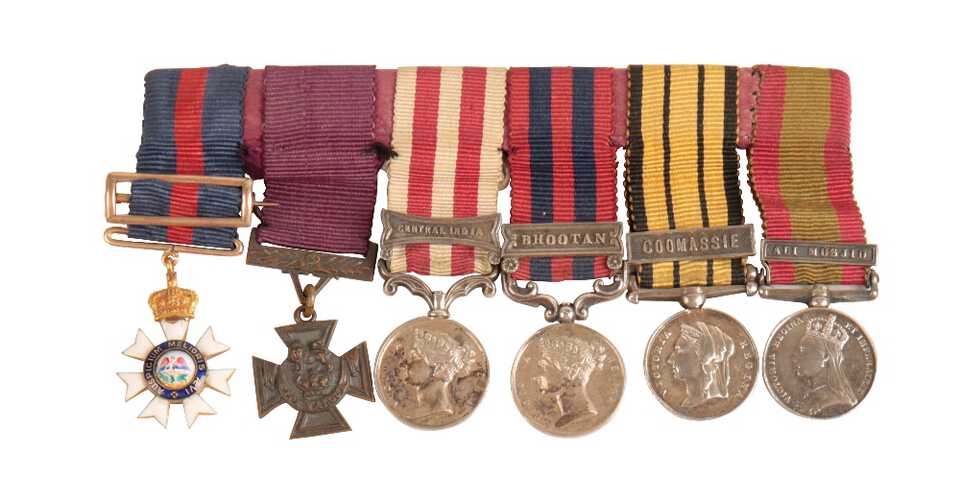
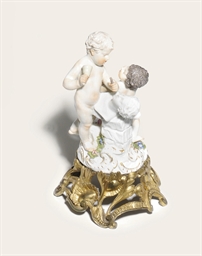
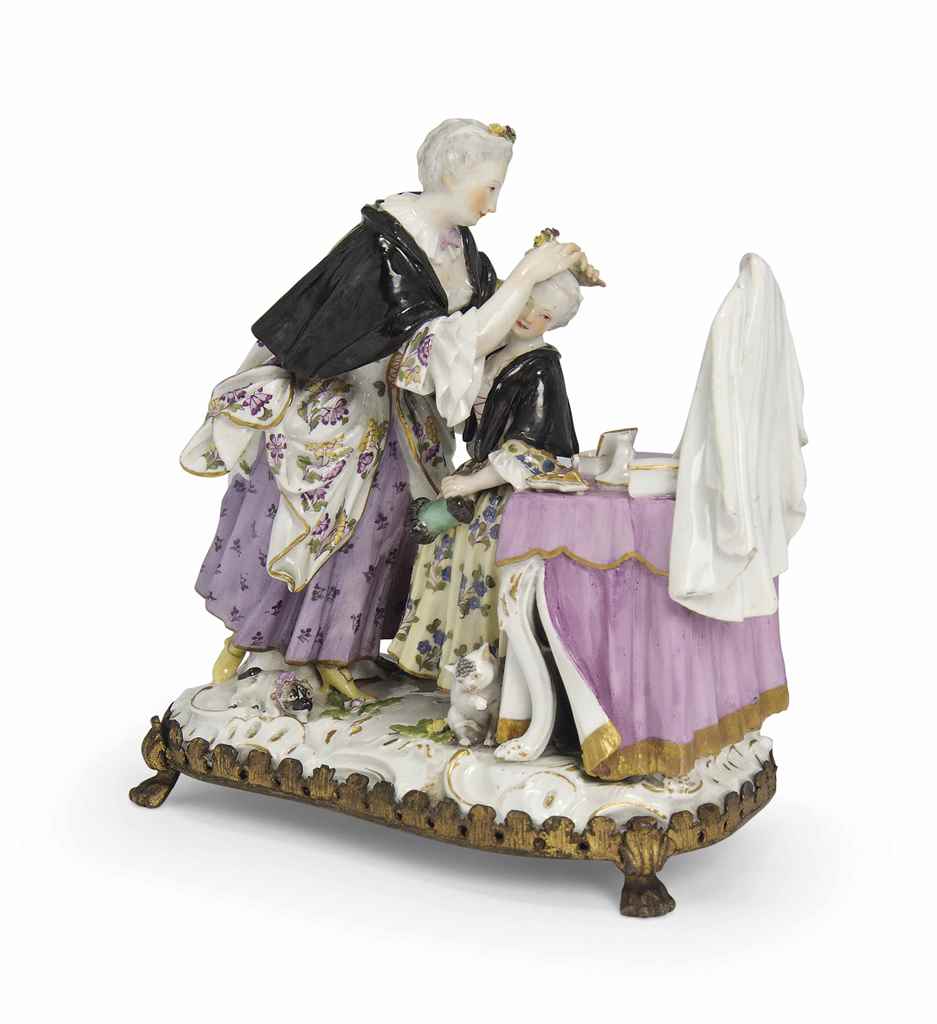



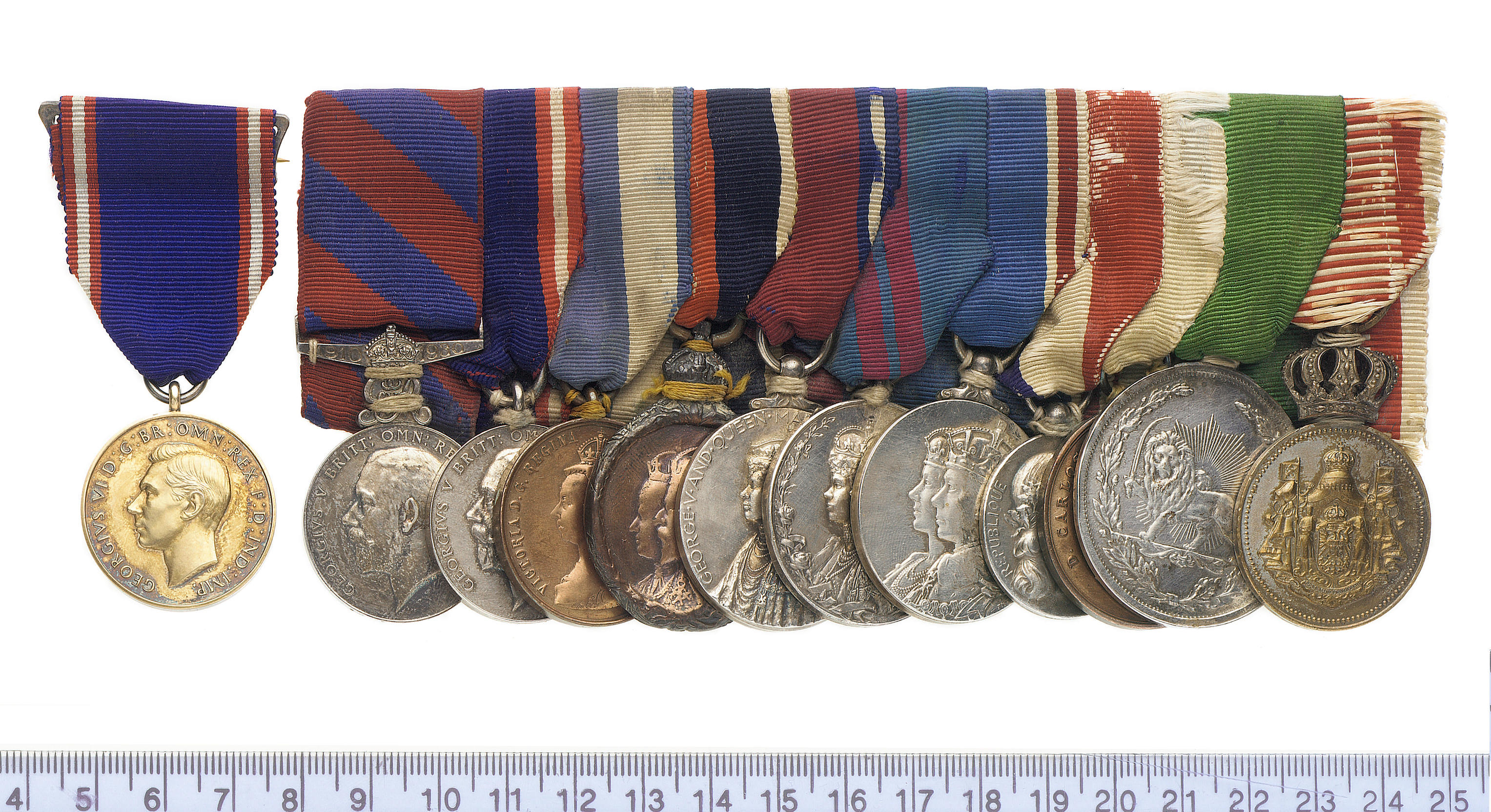







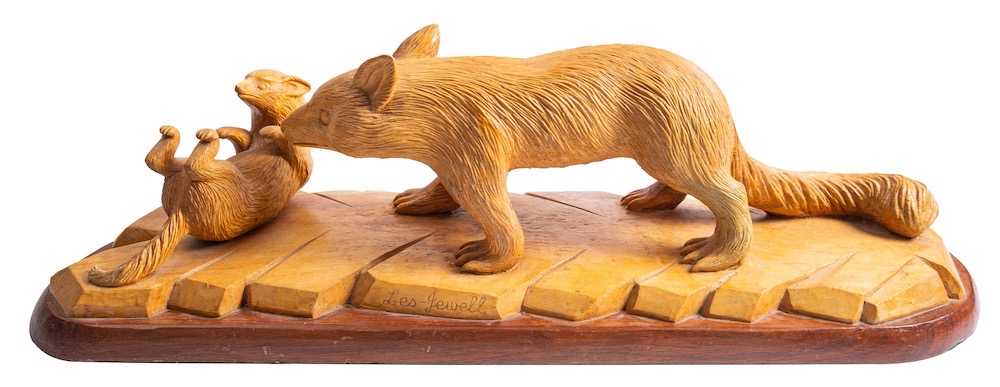
Try LotSearch and its premium features for 7 days - without any costs!
Be notified automatically about new items in upcoming auctions.
Create an alert